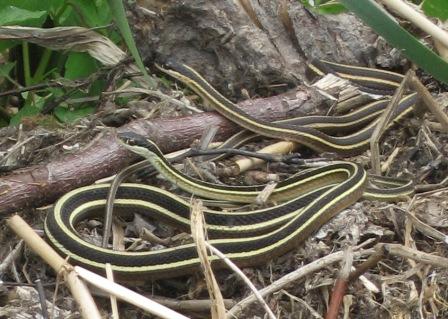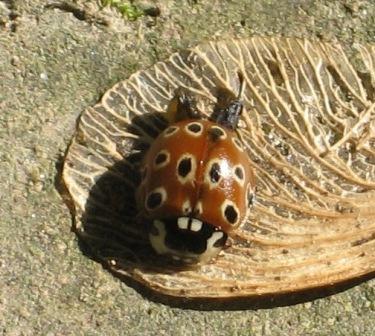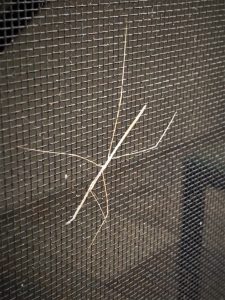
On the screen: a Western Short-Horned Walkingstick (Parabacillus hesperus). Southern Calfornia.
Hi all,
I’ve been thinking a lot in the past several months about “bugs.”
Two reasons my brain got churning on this.
First: an essay about bugs in the book Animal Presences by the late Jungian psychologist James Hillman.
Dreams about creepy crawly things are pretty universal. I’ve long been puzzled by mine; lumping them all into the category of “another dream about something that’s bugging me” seems a bit too facile and non-granular to be particularly insightful. Lots of things bug me. So what?
So I’ve been mulling a lot on the question: what is it about bugs that bugs me so much?
That bug people so much?
Second: the news stories hitting the Interwebs lately about how scientists are getting pretty worried about bugs.
We may be witnessing a global insect extinction event.
Here’s an example, published on January 15 in The Guardian.
Scientist Brad Lister returned to Puerto Rican rainforest after 35 years to find 98% of ground insects had vanished.
If true, that is some pretty bad news.
I’m doing some serious writing on this topic, but in the meantime I’m planning a series of (somewhat) lighter blog posts about some of the “bugs” I’ve seen and photographed in recent years.
Inaugural entry: a Western Short-Horned Walkingstick (Parabacillus hesperus).
Here’s a bit of background about the species.
Walkingsticks in general are pretty mind-blowing little critters. They have their own Order (Phasmatodea); there are at least 3000 different species; they are found on every continent except Antarctica.
What is cool about them is how they’ve taken the art of camouflage to such an extraordinary level. Body shape level: they’re shaped to look like twigs.
They hide by blending into the background. By almost becoming the background.
There’s no point in reproducing the Wiki I just linked, treasure trove of Walkingstick factoids, so let me just add a couple of my own thoughts so you can see where I’m going with this whole “bug” thing.
Insects have been around for a very long time–nearly half a billion years. Walkingsticks date to at least the Mesozoic (252-66m years ago).
Humans have been here an eye blink compared to insects.
Now I am by no means a people-hater. Nor do I even begin to pretend that I have any answers about how we’re supposed to share this planet with the critters that were here first, given how biologically successful we are (or have been so far). It’s complicated. (Understatement, of course. Even when we try to do something right, like rake up plastic garbage floating in the ocean, we end up causing extraordinary harm, possibly. Ugh ugh ugh ugh ugh.)
But I can suggest a humble starting point:
Pause for a minute. Sit with the feelings that lurk below our feelings about animals–including the ones, like Walkingsticks, that are utterly alien to us, that tend to trigger (hahahahaha) spontaneous feelings of revulsion.
Hillman loved to look at the etymology of words when he was sitting with dream images.
So how fitting that the insect subject of my inaugural post on bugs, the Walkingstick, bears the name of the tool we humans use to help steady us and strengthen us when we embark on our journeys.
We need walking sticks to help us make our way — particularly over rough terrain. And it seems very much like we’re about to enter a bit of rough terrain …
Maybe our grandfather, the insect Walkingstick, visits us for a reason …
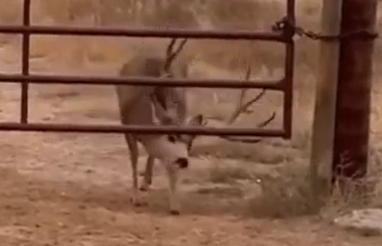
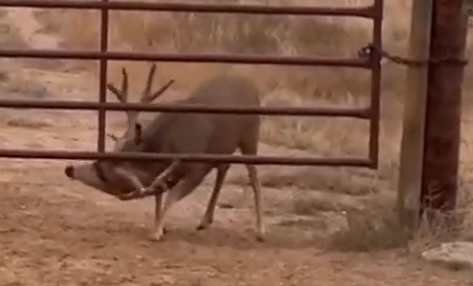
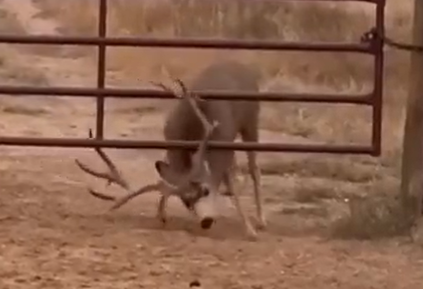
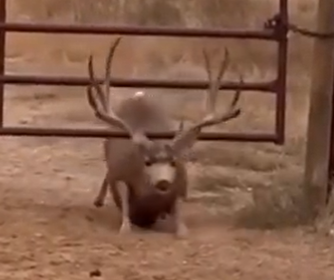

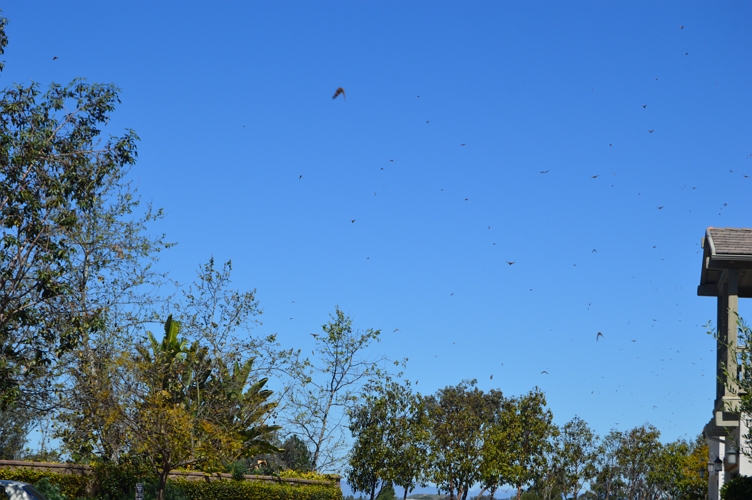
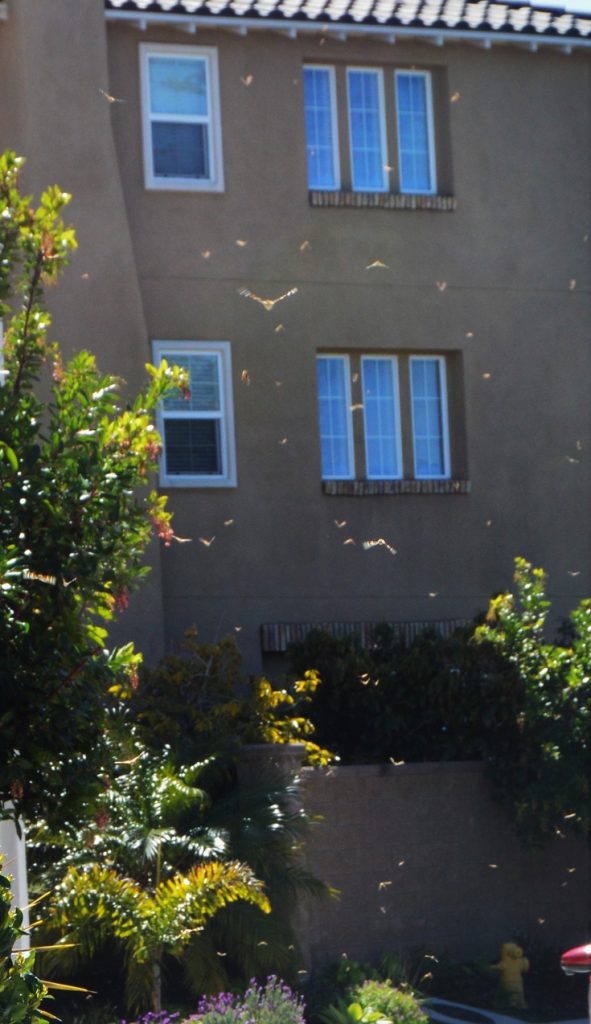
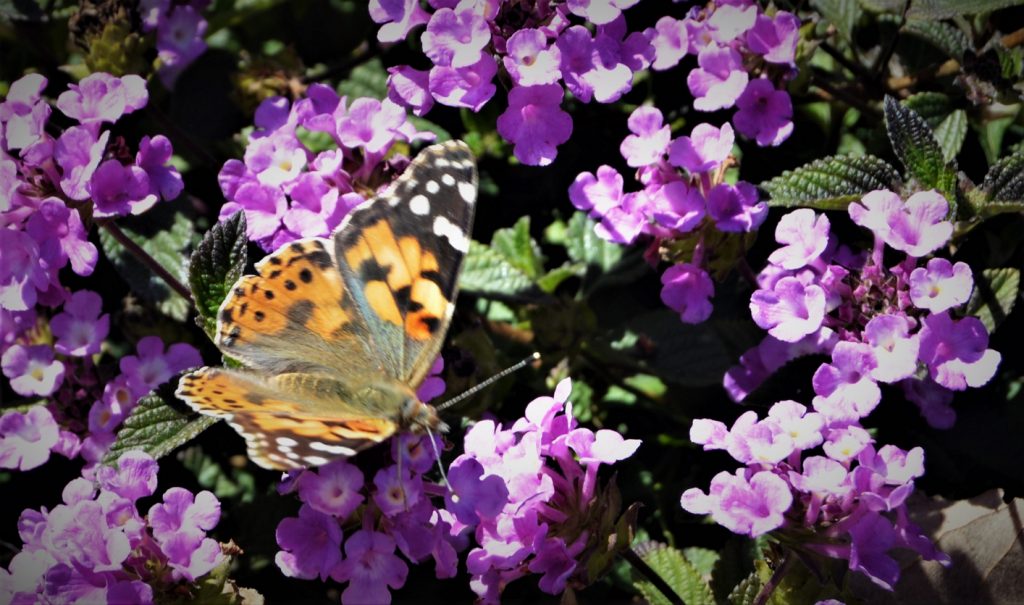
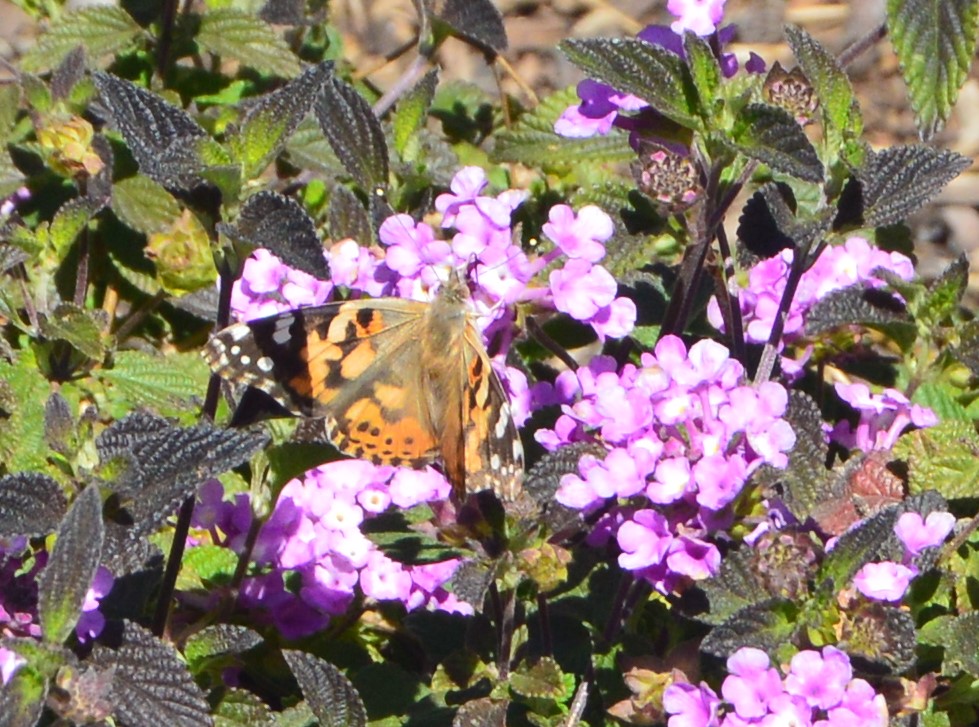
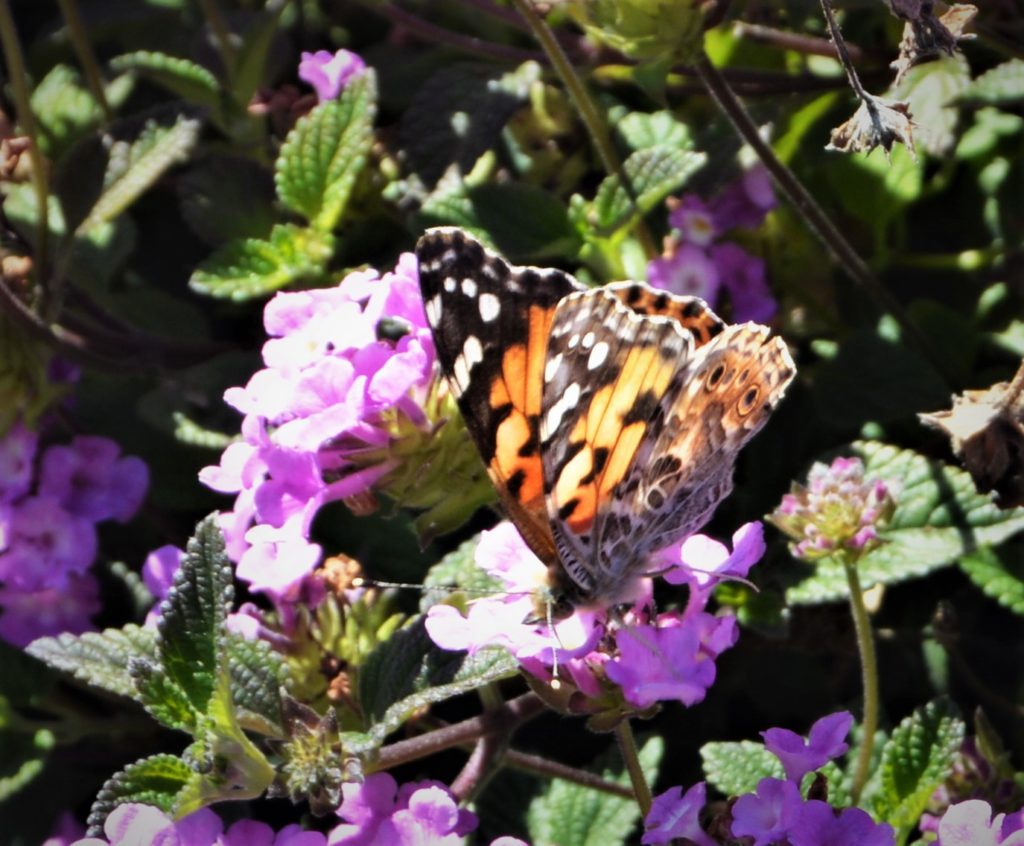
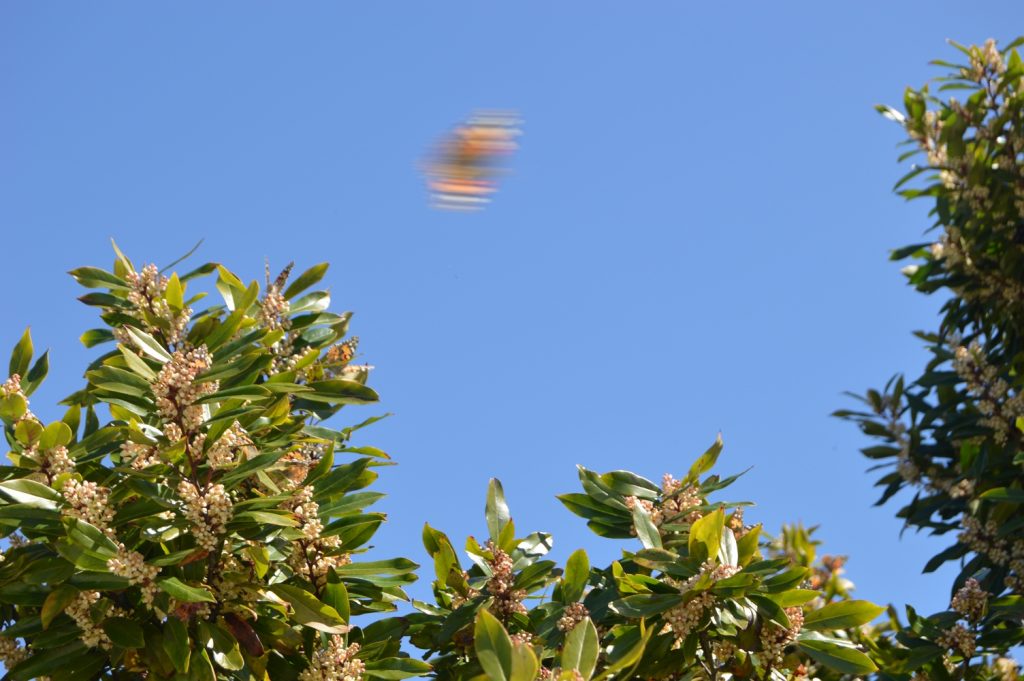
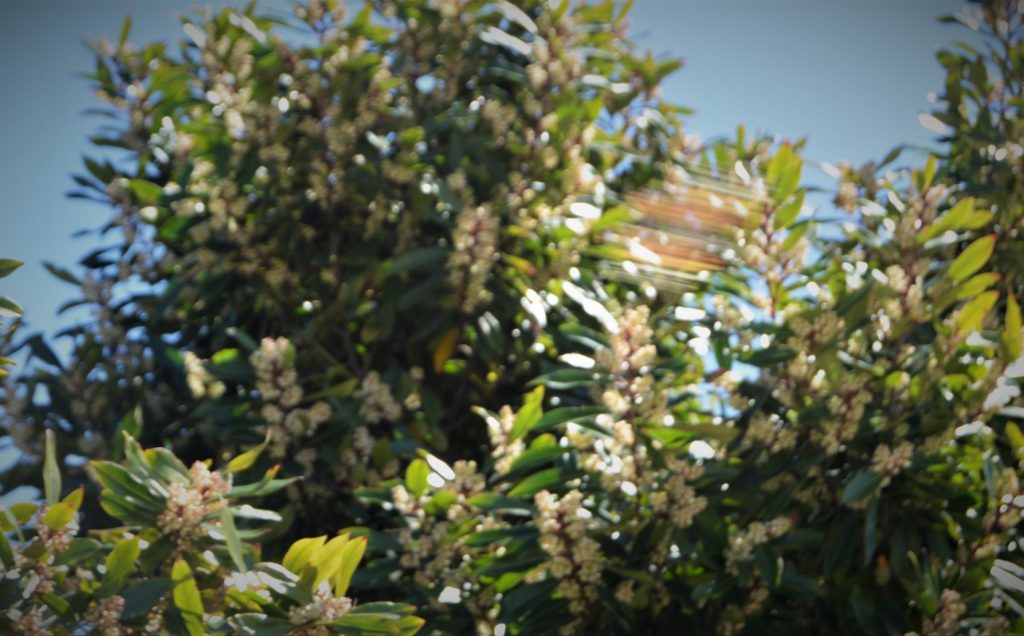

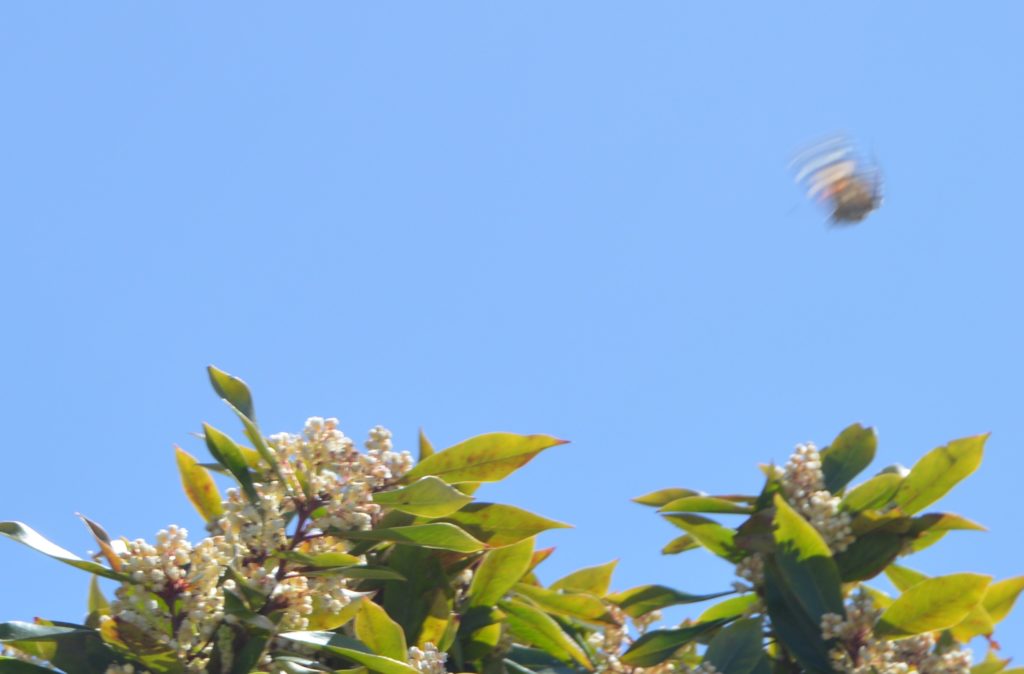

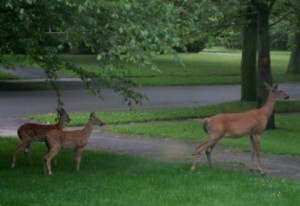
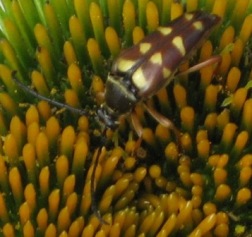
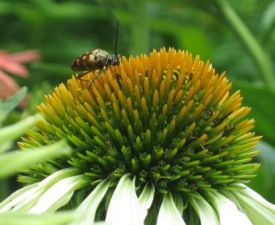
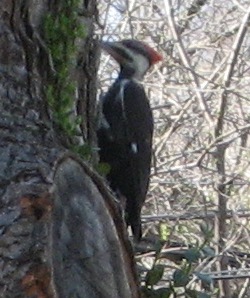 Okay, excuse me while I flip out — but I can count on one hand the number of times I’ve seen one of these guys — then this afternoon, didn’t I walk out my back door and see a Pileated Woodpecker working the bark of a tree, right here in the ‘burbs!
Okay, excuse me while I flip out — but I can count on one hand the number of times I’ve seen one of these guys — then this afternoon, didn’t I walk out my back door and see a Pileated Woodpecker working the bark of a tree, right here in the ‘burbs!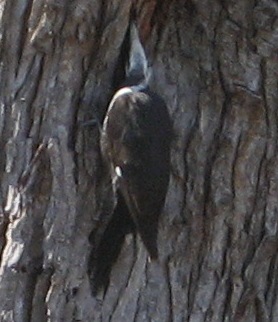
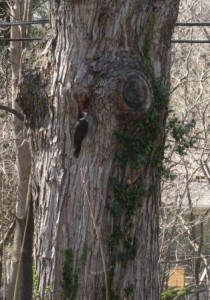 Pileated Woodpeckers need a habitat with mature forest and lots of deadwood. Must be there’s enough of the stuff he likes in Brighton . . . I sure hope so, would love to see this fellow again sometime!
Pileated Woodpeckers need a habitat with mature forest and lots of deadwood. Must be there’s enough of the stuff he likes in Brighton . . . I sure hope so, would love to see this fellow again sometime!